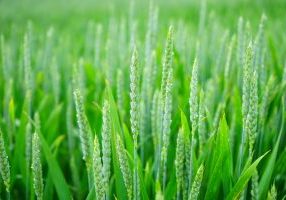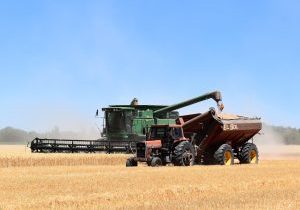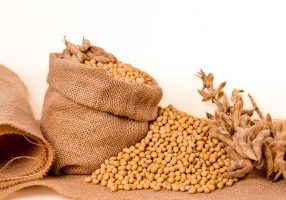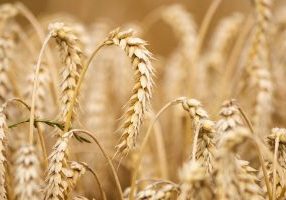Growing Wheat in Ontario
Wheat is a staple crop in Ontario. It's one of the world's largest agricultural commodities and is used to produce food for humans and livestock alike. Ontario is located between the Great Lakes and the St. Lawrence River Basin. The climate and the soil play an important role in wheat production. Growing wheat in Ontario has historically been difficult due to climate-related challenges such as late frosts, hail storms, drought conditions and flooding.
Growing Wheat in Ontario
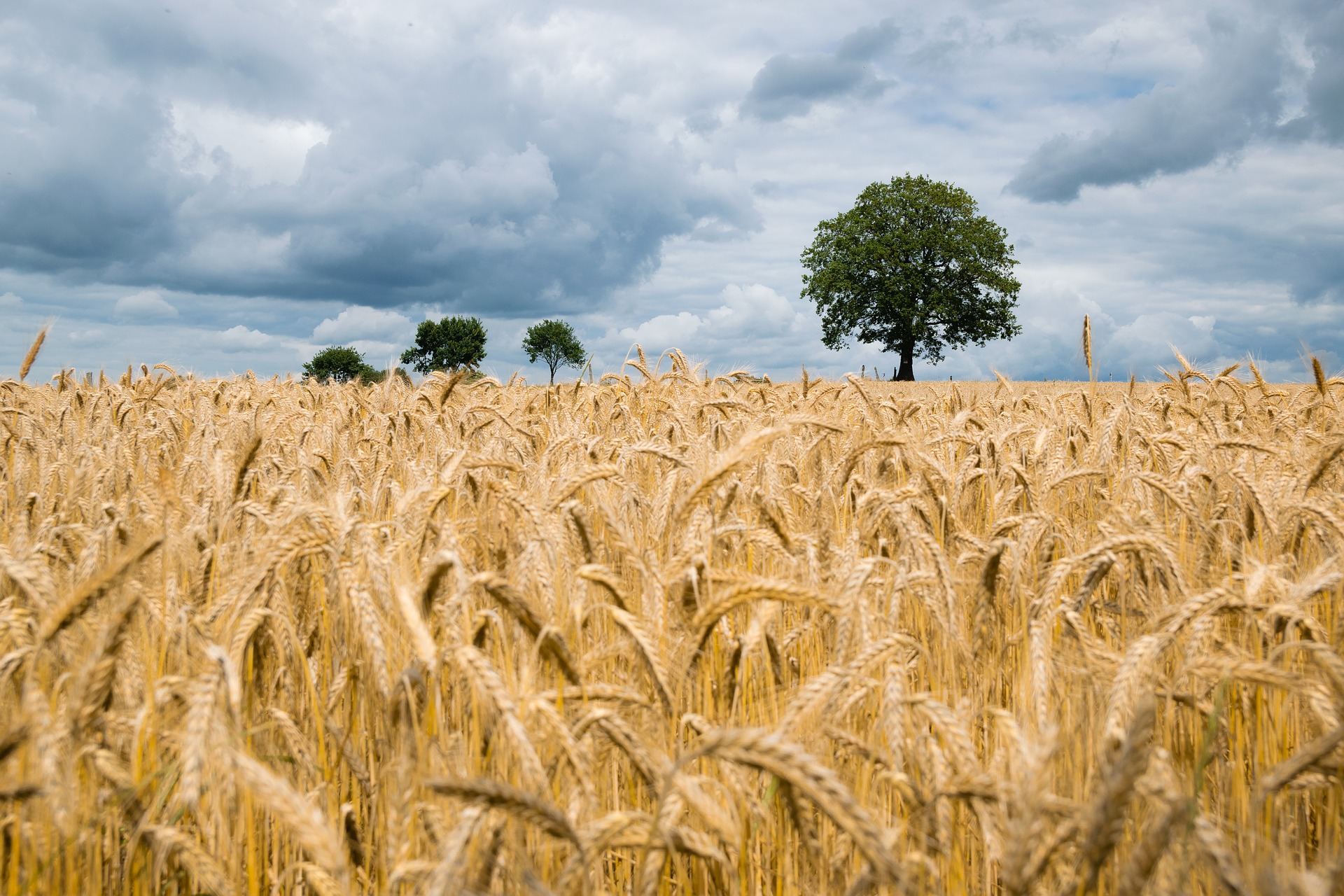 To grow wheat successfully, it's vital to select a suitable variety for the climate, prepare the soil properly, and provide adequate water and nutrients throughout the growing season. With varying weather conditions in Ontario, the crop's survival rate and yield will decrease if planted late or in unfavourable conditions. Other factors that play an important role in growing wheat in Ontario are the depth of the seeds, plant population and the use of fertilizer.
To grow wheat successfully, it's vital to select a suitable variety for the climate, prepare the soil properly, and provide adequate water and nutrients throughout the growing season. With varying weather conditions in Ontario, the crop's survival rate and yield will decrease if planted late or in unfavourable conditions. Other factors that play an important role in growing wheat in Ontario are the depth of the seeds, plant population and the use of fertilizer.
Why is it important to plant wheat at an optimum time?
Growing wheat in Ontario at an optimum time is vital, and this is because there are only so many days that are considered Growing Degree Days (GDDs) for wheat in the Ontario climate. Each wheat variety takes a certain number of GDD's to germinate, emerge, and grow to harvest. If planted late, farmers risk that their crops won't be developed enough by the end of the growing season if cold temperatures arrive earlier than expected. Farmers need to plant at the optimum time to ensure enough GDD's for optimum wheat production.
Wheat Planting Preparations
To achieve high-yield wheat, farmers must plant only healthy seeds. One way to achieve this is to make sure that the seeds are dropped as evenly as possible and planted to a consistent depth. Planting preparations require you to prep farming equipment beforehand to ensure it's in perfect working order.
Tillage Systems
Wheat can be successfully grown using both conventional tillage and no-till systems. With increasing attention towards soil health, no-till systems are becoming more popular. They provide improved moisture and crops less susceptible to weather changes in colder regions. On the other hand, conventional tillage systems help blend crop residues, manure, and weeds deep into the soil and create an even seedbed.
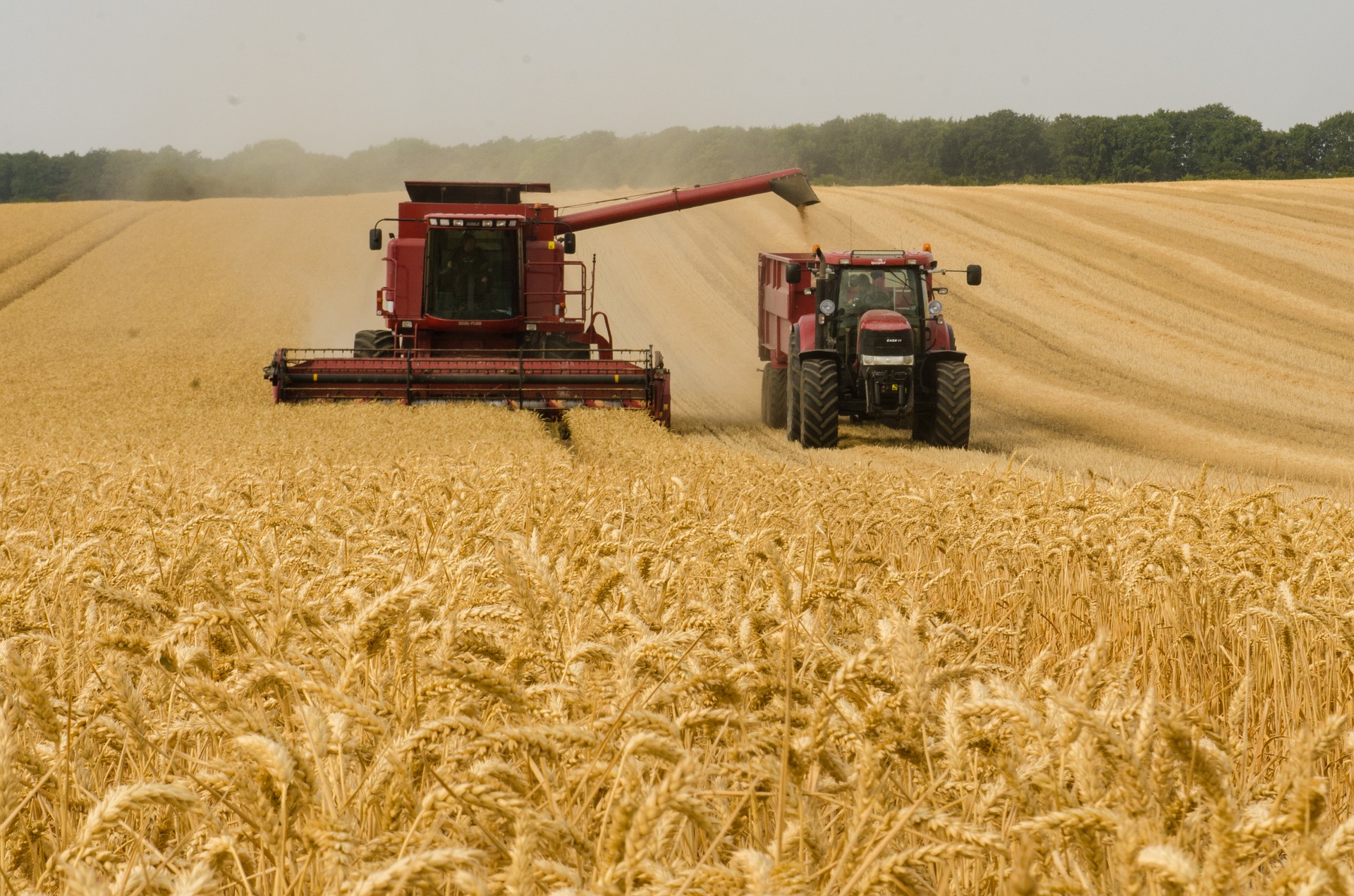
Seeding Date
The ideal seeding date to plant wheat is when the temperature is still warm. It ensures that the seeds emerge as quickly as possible and have plenty of time to grow and develop. The seeding date determines how well the wheat crop will do at a particular time and during a specific season. According to a recent study by Michigan State University, around 0.6 bushels are lost every day when planted after October 1. As a result, the seeding date is vital when growing wheat in Ontario.
Seeding Depth
Seeding depth is also an essential part of growing wheat. Seeding depth of 1 to 1.5 inches is recommended for heavy soil. Any deeper than this and farmers may face additional challenges with emergence. Still, depending on soil conditions at the time of planting, it may be necessary. When the soil is extremely dry, farmers should plant seeds as deep as possible without compromising emergence rates.
Seeding Rate
It is recommended that farmers plant wheat seeds at a rate of 1.2 and 2.2 million seeds/acre. The lower-end seeding rates should be kept for when planting early to avoid any thick stands that can trigger disease growth in the crop. If planting into the middle of October, the seeding rate should be increased by 1.8 million seeds/acre.

Conclusion
Wheat is a staple crop in Ontario, and it's one of the world's largest agricultural commodities. One might not think that wheat can grow in Ontario in significant quantities. Still, it can be grown successfully with enough care and by following the recommendations laid out by Canadian farmers who have been producing and exporting wheat for over 300 years.
Read Our Latest Blogs
ONTARIO FARMING COMMUNITY PAGES
On our community pages, you'll find a wide variety of local information and resources.




